Winter jobs in the garden: 21 cold-weather chores that take care of flowerbeds, lawns, patios and more
These winter jobs in the garden will keep you busy out in the fresh air, including pruning, sorting and planning
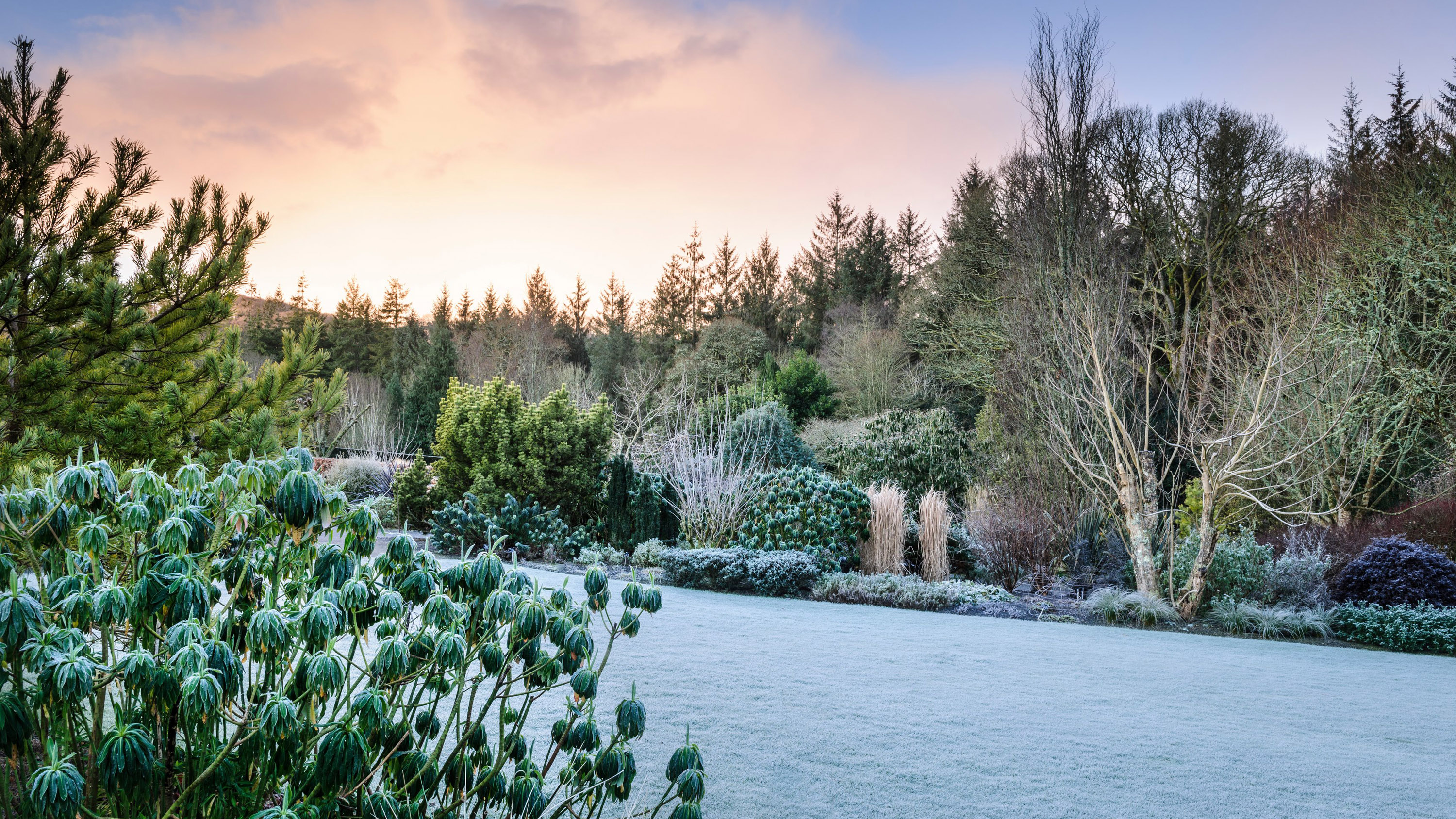
Don't let the cold weather put you off – there are plenty of winter jobs in the garden to tackle that will keep your plot looking tip-top come spring. Plus, getting out in the fresh air is great for the soul, even if the temperature is slightly chillier.
From tidying and planting to cleaning out the shed, ticking off these tasks is bound to fill you with a sense of reward. Plus, that well-deserved cuppa will be even more satisfying afterwards, when you're back in the warm.
We've brought together plenty of advice on the best jobs to crack on with, so you can add them to your to-do list this season. And, if you're looking for more inspiration for these inclement months, you'll find lots of stunning looks to try in our winter garden ideas feature.
21 winter jobs in the garden to keep your plot looking beautiful
From quick and easy chores to larger weekend tasks, we've gathered together all the top winter jobs in the garden so you can keep those green fingers flexed.
1. Plan for the year

With the air of spring just around the corner, winter is an exciting time to plan for the year ahead. A good approach is to make a list of what did and didn't work this year and finalize planning decisions based on that. It's a really good time to sit back and review your space (inside in the warmth with a hot cup of tea!) and then evaluate what you want to achieve.
Think carefully about what you'd like to grow – perhaps some trusty favorites, plus a few new varieties. Or, maybe you're planning a totally new garden color scheme come summer. Garden journals or planners are a great way to get organized and sort out what you're planting and when. They're also handy when it comes to growing veggies, so you can plan crop rotations to maximize your plot's potential.
And don't just plan the planting: maybe you want to bring some new landscaping features into your space, too. Perhaps a new patio or some decking ideas are on the cards, for instance.
2. Order your summer-flowering bulbs

Now is the time to order your seeds and summer bulbs for beautiful displays next year. Most seed companies send out their new catalogs during the autumn months, so you'll find plenty of inspiration to help you choose.
It is also the time of year to store existing summer bulbs or tubers (such as dahlias) if you've dug them up. You can pack them up in cardboard boxes and layer the bulbs with newspaper so they aren't touching each other. For dahlia tubers, you can also put them in boxes or a pot and then cover them with a layer of compost. Choose a cool, dry spot for storing your bulbs over winter, such as a garage or shed.
You can store your gladioli bulbs too – we have more info on what to do with gladioli bulbs when they've finished flowering in our guide.
3. Prune shrubs and roses
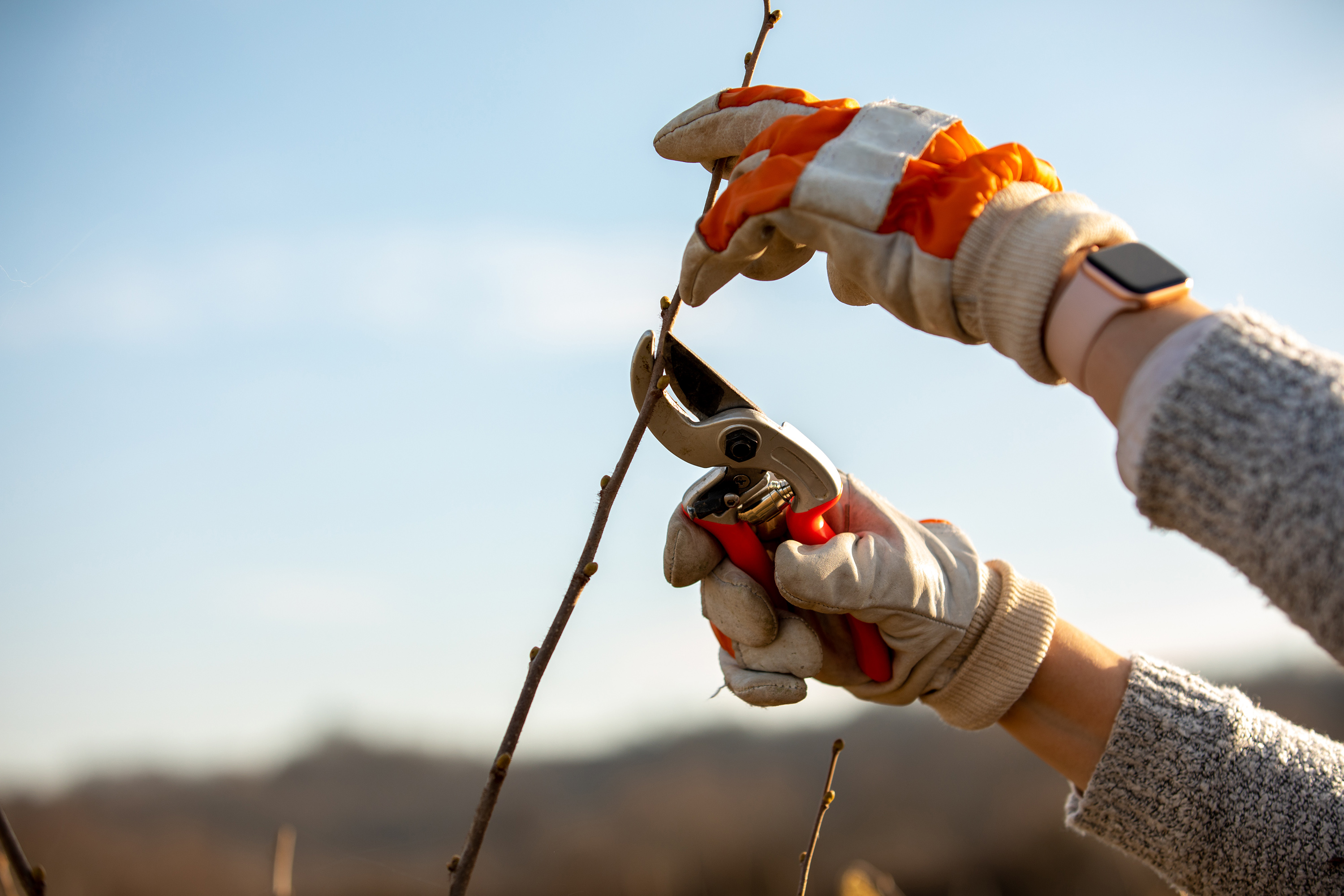
You can get ahead for the year by pruning roses in winter. Garden expert Sarah Raven says, 'Cut off most of the year's growth from your roses, and take out any large, woody stems.' Our guide on how to prune roses has extra tips.
You can also 'prune winter flowering shrubs such as heathers, or summer flowering shrubs that flower on new wood,’ says Chris Wood, Horticulture Expert at Waitrose. So if you've got a buddleja or fuchsia on your plot, now's the time to give it a snip for a show-stopping display come summer.
'Hardy evergreen shrubs such as jasmine and late-flowering clematis can also be pruned now,' Chris adds.
Cutting back peonies is also a good idea, as it will promote healthy growth for the spring, as Sarah advises.
'In the rare instance of snow in the late months, remember to shake snow off trees and shrubs, as the weight can damage branches and stems,' she adds. 'Snow on low plants can protect them against hard frosts, however, acting as a blanket over them.'
4. Tidy up your borders
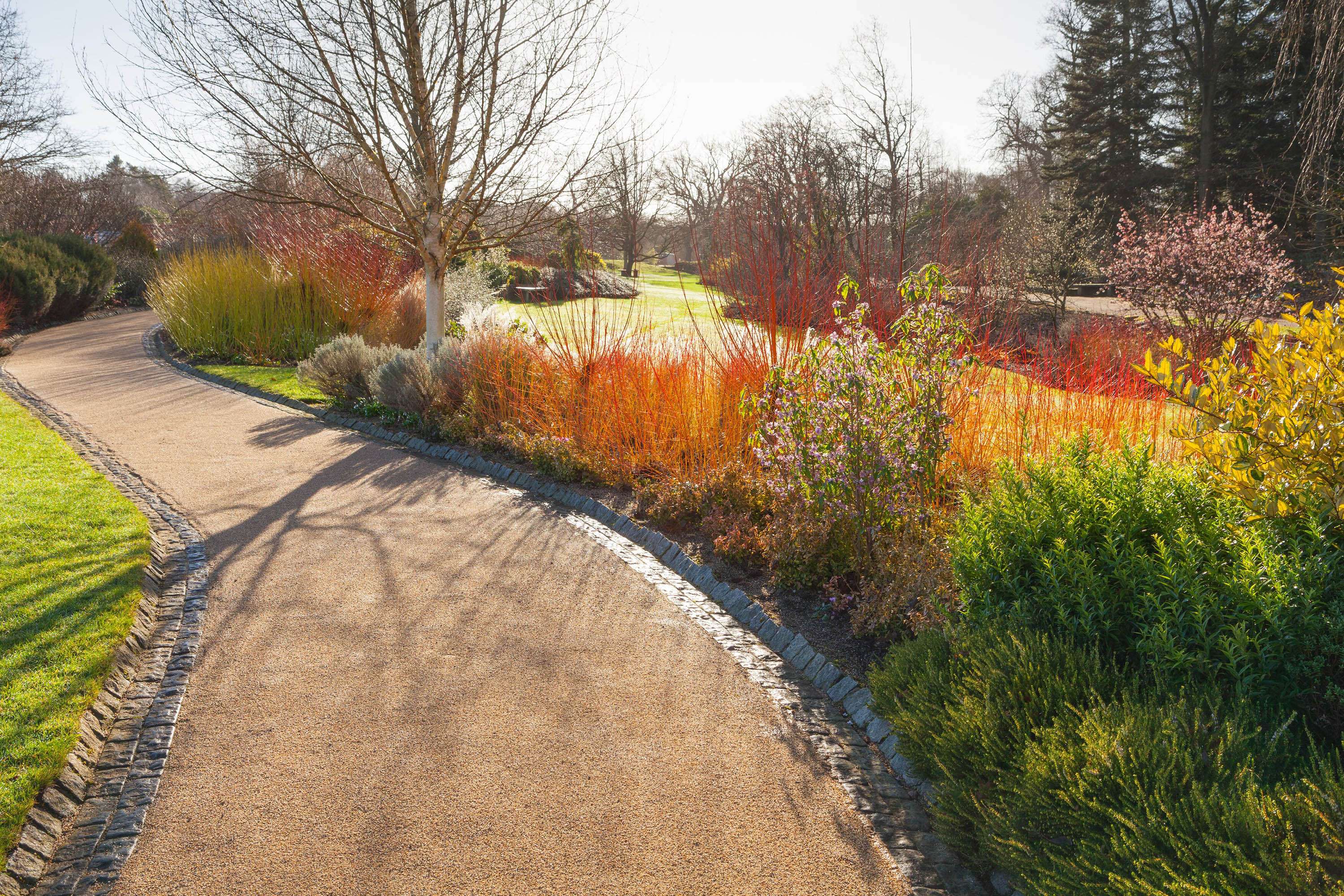
Now is a good time to remove any debris that may have collected in your garden's borders, and cut back unruly growth. You may wish to deadhead spent flowers, too (lavender, for instance), or keep them intact for an extra layer of texture. And remember to keep on top of the weeding to make life easier in spring.
Chris Wood, Horticulture Expert at Waitrose, also advises applying organic fertilizers to borders, such as seaweed or fish meal. You can learn all about fertilizing plants with our guide.
5. Sort out the shed

Giving your shed a good spruce is another task to add to the list of winter jobs in the garden. Start by emptying it out completely, giving it a sweep, and throwing away or recycling anything that's no longer needed, such as broken plastic plant pots.
Then, check if your shed needs any repairs – is the roof leaking, or could the gutters do with a clean? You may want to give the windows a good clean too, and clear the shelves to make space for newly sown seed trays.
'Sort out any leftover or half-empty seed packets and throw away any that are out of date or damaged,' advises garden expert Sarah Raven. 'Clean, pack and label any saved seeds left to dry, and take the time to organize them into seed tins.'
You could also consider giving the outside of your shed a new coat of weather-proof paint to protect it from the elements – a must if you're looking to prepare your garden for winter. Our best exterior wood paint buying guide is full of top picks, while our guide on how to paint a shed has simple step-by-step tips.
6. ...and the greenhouse
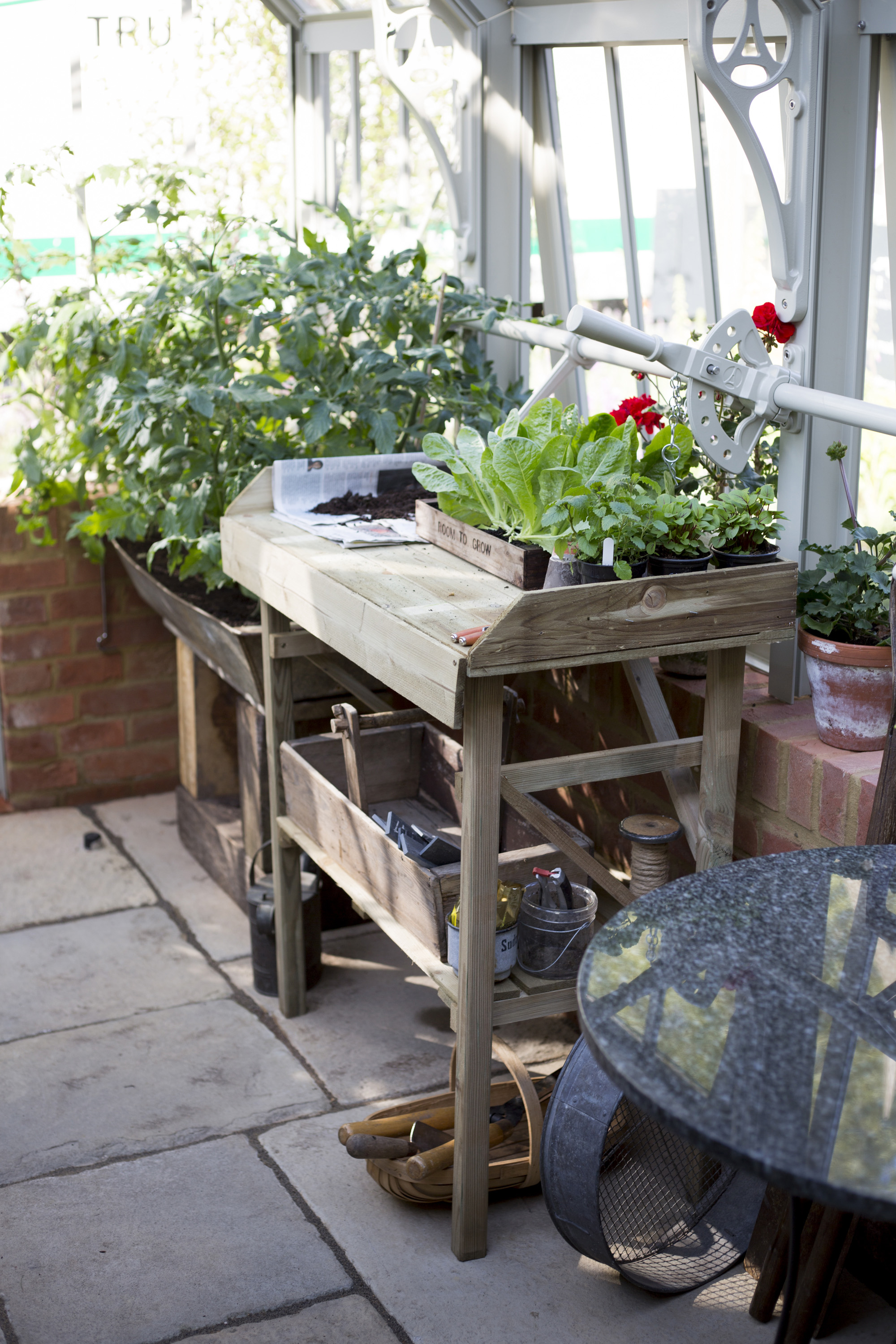
Don't forget about your greenhouse, too. Give it a really good clear out and bin or recycle anything you don't need, or haven't used this year.
Just like with your shed, check for leaks and fix any squeaky window hinges. Make sure there are no overhanging branches that could break and crash through the glass too.
Finally, get organized inside – make sure your benches and tools are in their place and you'll be ready to go when the season changes and the warmer weather arrives.
There's lots of inspiration on how to make the most of your garden glasshouse, whatever the time of year, in our greenhouse ideas feature.
7. Plant cold-weather containers
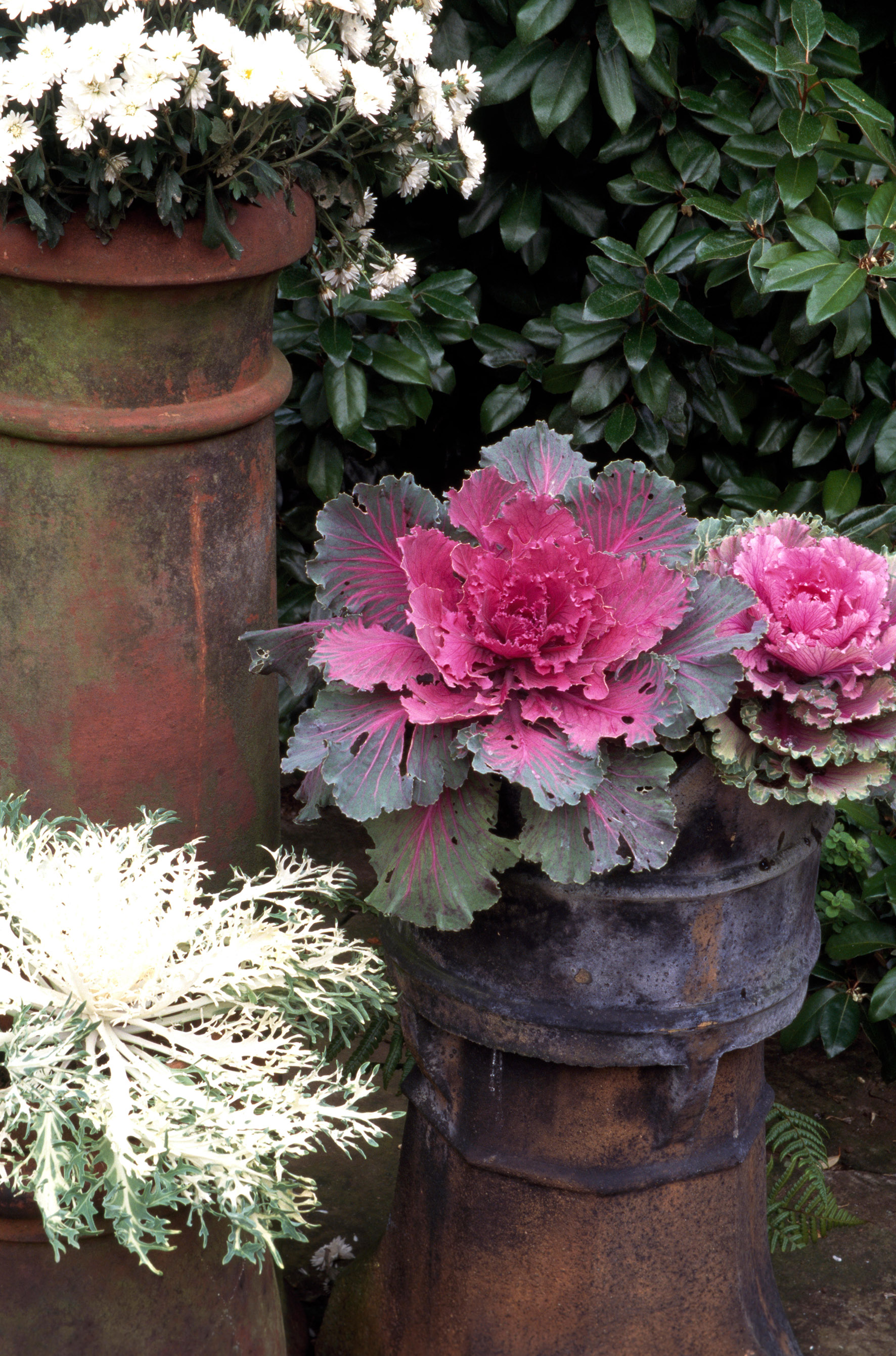
Filling containers with winter blooms and foliage is a fantastic way to lift the garden. Hardy plants such as hellebores, euphorbia and winter violas are great starting points, but you'll find plenty more picks in our guide to the best winter plants for pots. How about some plants for winter hanging baskets, too?
Now is also a good time to re-pot and top-dress shrubs which are in planters, suggests Chris Wood of Waitrose.
8. Give your lawns some TLC

Grass is generally dormant throughout winter, so you can take a break from mowing. It's actually best to stay off lawns entirely where possible, to avoid creating muddy patches.
If it still seems to be growing and you fancy giving it a trim, don't cut it too short. And don't attempt to do this if the ground is very soft or frozen, or during spells of cold, drying winds, as the RHS advises. If you need an update, for now or next year, our best lawn mower buying guide is full of top picks.
Whether mowing or not, you can still lightly rake up fallen leaves and debris, and collect any leftover fallen fruit for a quick and easy smarten-up. Don't forget to put those leaves to good use by learning how to make leaf mould – a valuable garden asset.
For best results, treat your lawn to a one-off liquid feed rich in potassium, too – one that's formulated especially to toughen up the grass for winter. Water the feed in well so it gets to the roots where it's most needed.
9. Clean up your pots
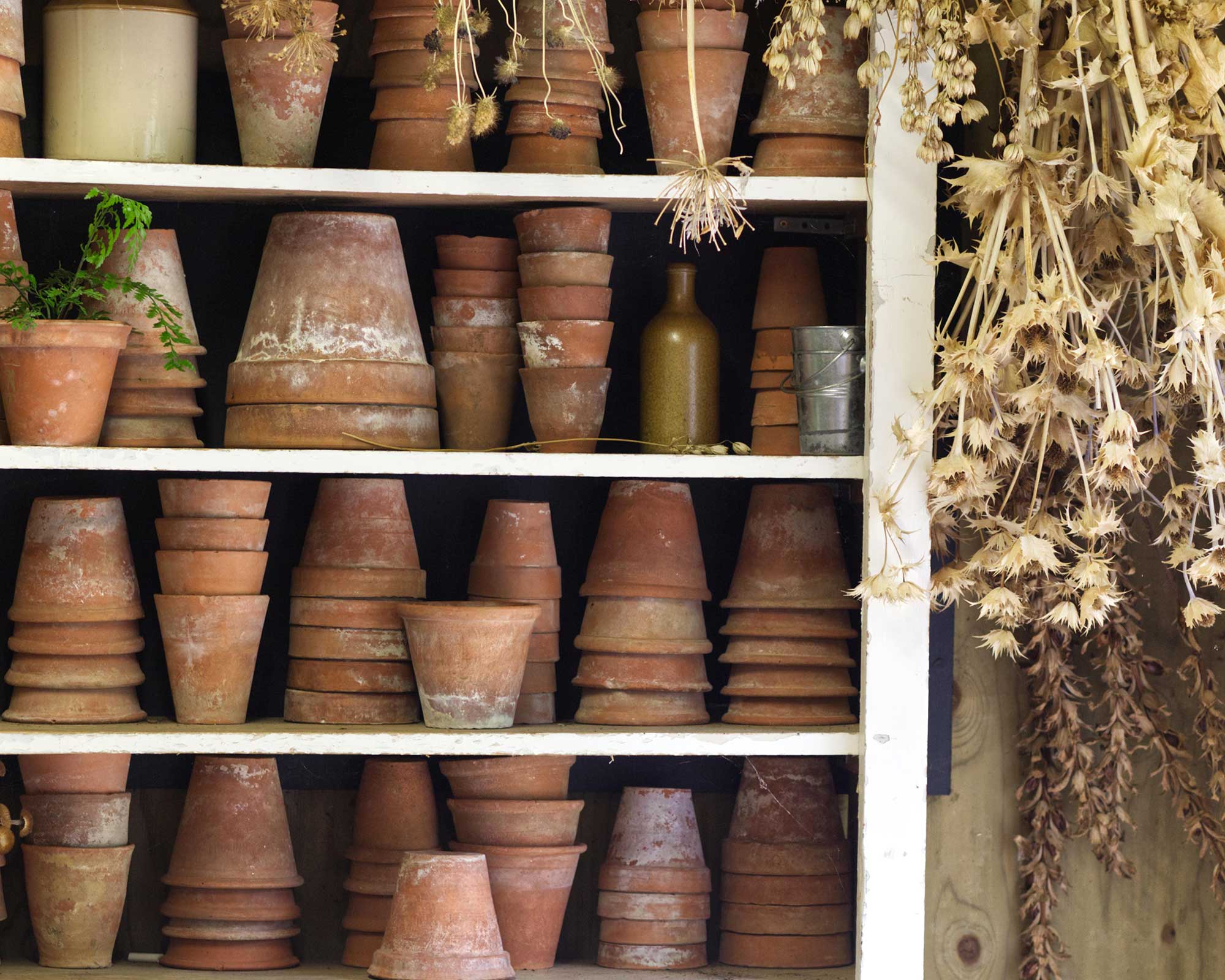
Collect up your empty pots and throw out those which are damaged beyond use. But don't forget, bits of broken terracotta pots can come in handy to use as drainage.
Then it's time to give them a good clean to get rid of any unwanted bacteria or fungus. Start by brushing off any dried mud. Then, fill a bucket with a solution of warm water, a squirt of ordinary dish soap (make sure it's without bleach), and a cup of white vinegar and leave them to soak. After an hour or so, use a cloth or sponge to give the pots a good scrub.
Then rinse the pots before storing them somewhere safe and dry, ready to reuse when the weather warms.
10. Plant spring bulbs

What's more uplifting than the first sight of spring bulbs? Although you can start planting them in October, many bulbs planted in December will still bloom. Gardening guru Monty Don even advises that it's still possible to plant tulips as late as early January, although you can expect them to flower later than if they were planted in early winter.
Hyacinths, crocuses, snowdrops, muscari, tulips – there are many beautiful (and often scented) varieties to choose from. Try the 'Cheerfulness' narcissus for lovely fragrance and double-headed blooms, or how about the 'Queen of the Night' tulip for elegant, inky color? Avoid planting in water-logged soils to avoid rot.
If you're using containers, experiment with bulb lasagne ideas for a longer-lasting display. Add handfuls of grit when planting, to improve drainage. There's more advice on planting bulbs in our guide.
11. Give your patios a clean

Due to the colder and often wetter conditions that winter brings, your patio may be looking a little worse for wear. Not only can a good clean transform your space ready for some gorgeous winter patio ideas, but it also prevents you and your guests from slipping over.
Start by giving it a sweep. 'Choose a day when it's not too windy,' says the team at Holland Landscapes. 'Whilst some people like to tackle patio slime with chemicals, we prefer to avoid chemical cleaners whenever possible and opt for a good blast with the pressure washer.
'Be sure to use a patio cleaning head so you don't damage the surface of the paving or pointing. If you don't own a pressure washer, your local tool hire shop can normally rent you one. Share it with your neighbor and split the cost between you.'
If you are interested in investing in one of the best pressure washers, our guide is a great place to start your search.
12. Clear your paths

When it comes to ticking off winter jobs in the garden, clearing your pathways is a must. Make sure you clear up fallen leaves from both your walkways and your driveways. If left where they are, they'll simply turn into a slippy and sludgy mess that can become incredibly dangerous to walk on as the colder weather sets in.
Keeping on top of simple jobs like this won't take up much of your time if you can aim to do a little every now and again.
13. Prepare the soil for new lawns
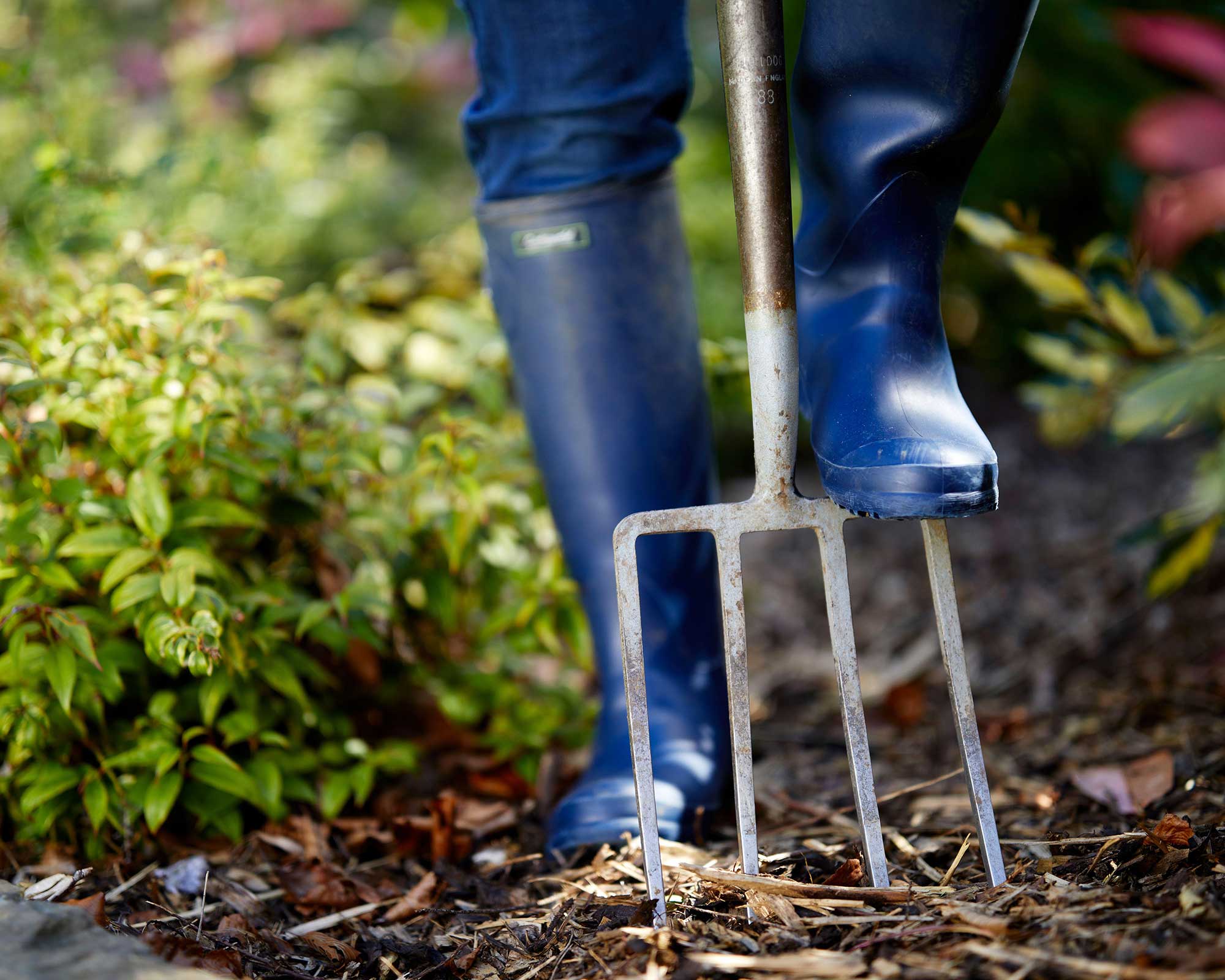
'If you are planning to lay a new lawn, then now is the time to prepare the ground in readiness for spring,' says Chris Wood, Horticulture Expert at Waitrose.
Dig out any weeds or large stones, turn the soil, then add improvements if necessary. 'If your garden soil is naturally sandy and doesn't retain water for long, dig in some organic matter such as compost or very well-rotted manure,' says the team at Turfonline.co.uk.
'If you have clay soil which is heavy, sticky and gets boggy in winter, incorporate some gravel to help with drainage and some organic matter to encourage worms to come along and aerate it for you,' they add. Then, using a rake, level it off to create a flat surface, ready to roll out your turf.
14. Feed the birds
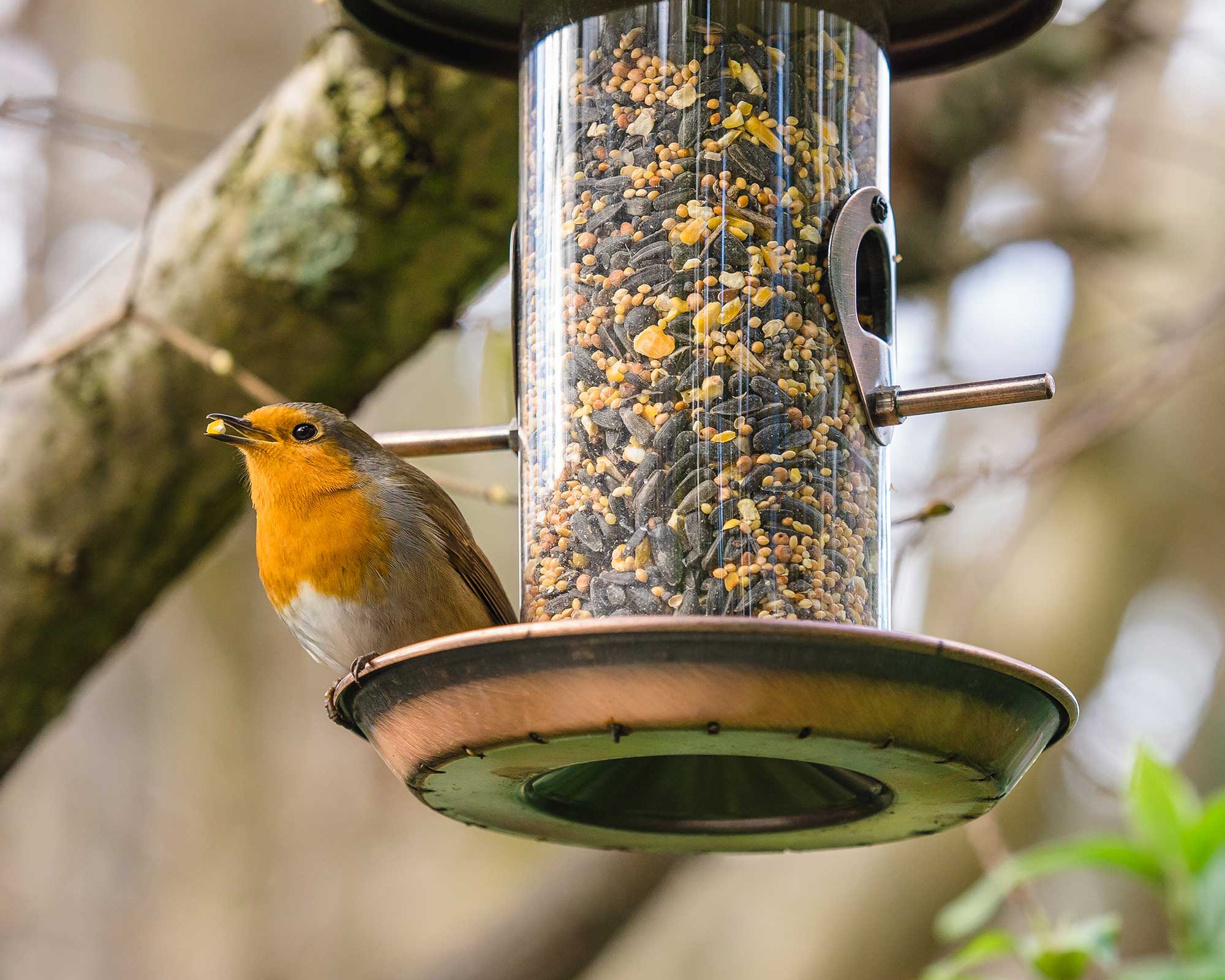
Birds have less food to choose from in the colder seasons, so why not give them a helping hand with a few bird feeders? Your garden will be full of chirpy little friends in no time.
'In chilly weather, birds will appreciate a variety of food, but fatty food will be especially helpful. For example, fat balls, or homemade bird cakes made with lard and packed with seeds, fruit or dried mealworms are great treats to put out in your garden,' advises the RSPB.
'Kitchen scraps will work well, and a recipe for successfully feeding birds over winter might include chopped fat from unsalted meat, cheese, dried fruit, and pastry.'
Also, if you have a garden pond or bird bath, keep checking to make sure it hasn't frozen over, as birds still need a ready supply of water over winter. A simple idea is to float a small ball in the pond, or perhaps a table tennis ball in the bird bath as this prevents it from completely freezing over.
15. Provide shelter for wildlife

It's a good idea to provide shelter for birds, as well as food. 'You can provide shelter by planting dense hedges such as privet or hawthorn, or allowing ivy or holly to grow: these all provide great cover for birds to roost in,' says the RSPB.
'Nest boxes can also be good roosting sites. Roofs are also a popular spot for birds trying to keep warm. If birds are getting into a hole in your roof and you need to get the hole fixed, consider putting up a nest box to replace the gap.'
Don't forget about other small creatures, too. One of the easiest ways to create a wildlife garden over winter is to simply leave stems, twigs, foliage and leaves where they are to provide cover for all sorts of garden residents.
16. Force rhubarb
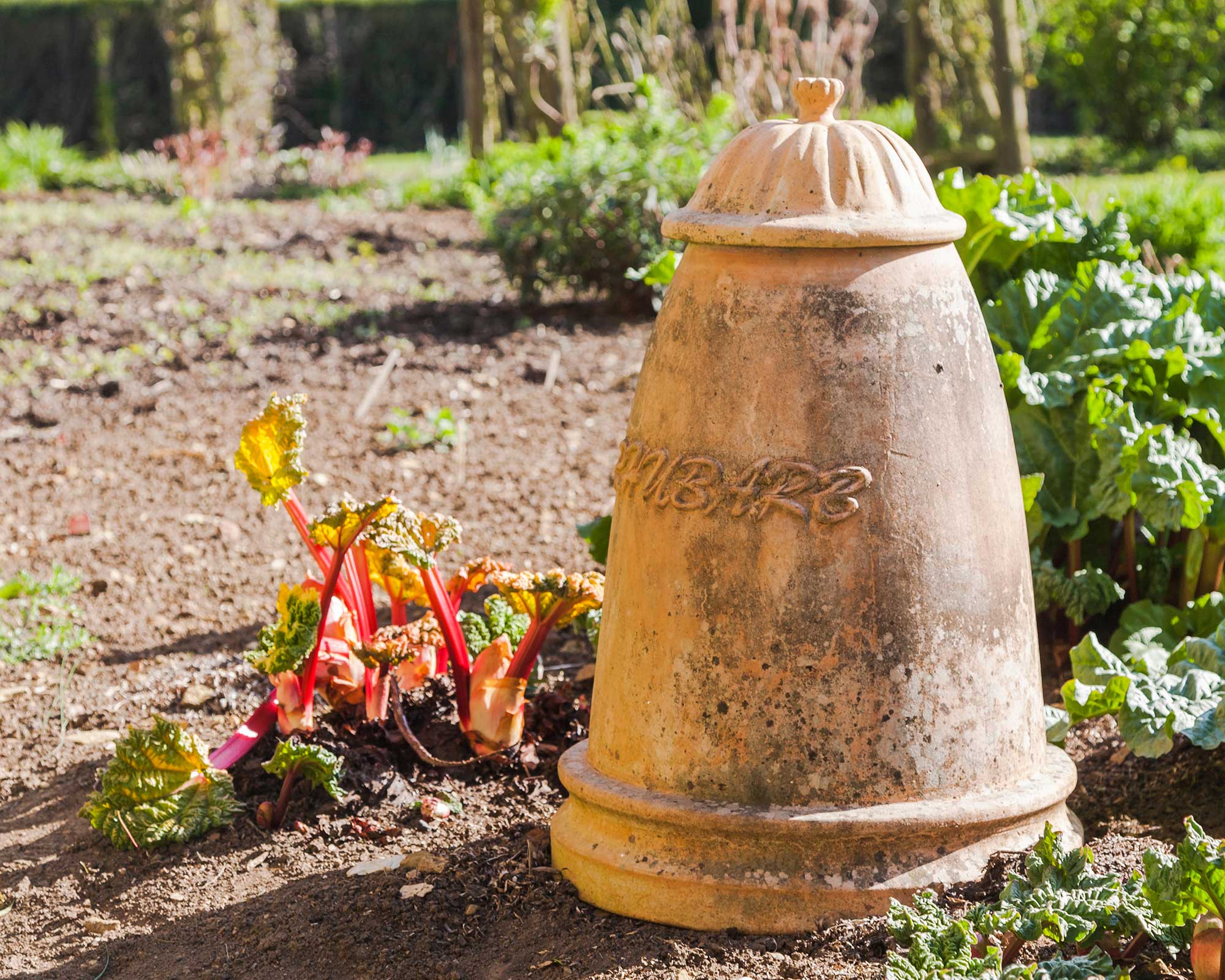
Warm rhubarb crumble topped with custard or ice cream is a delicious dessert for all the family to enjoy. You can start growing these sweet pink stems now, providing they're under cover.
Cover the crowns with terracotta forcer pots to stop light from getting in, and then harvest the stems when they're around 30cm (12in) long. 'Timperley Early' or 'Champagne' are good varieties to try.
It's best to avoid harvesting from brand new plants – give them a year or two to establish first. Avoid forcing the same plant two years in a row too, to allow it time to recuperate.
17. Mulch raised beds
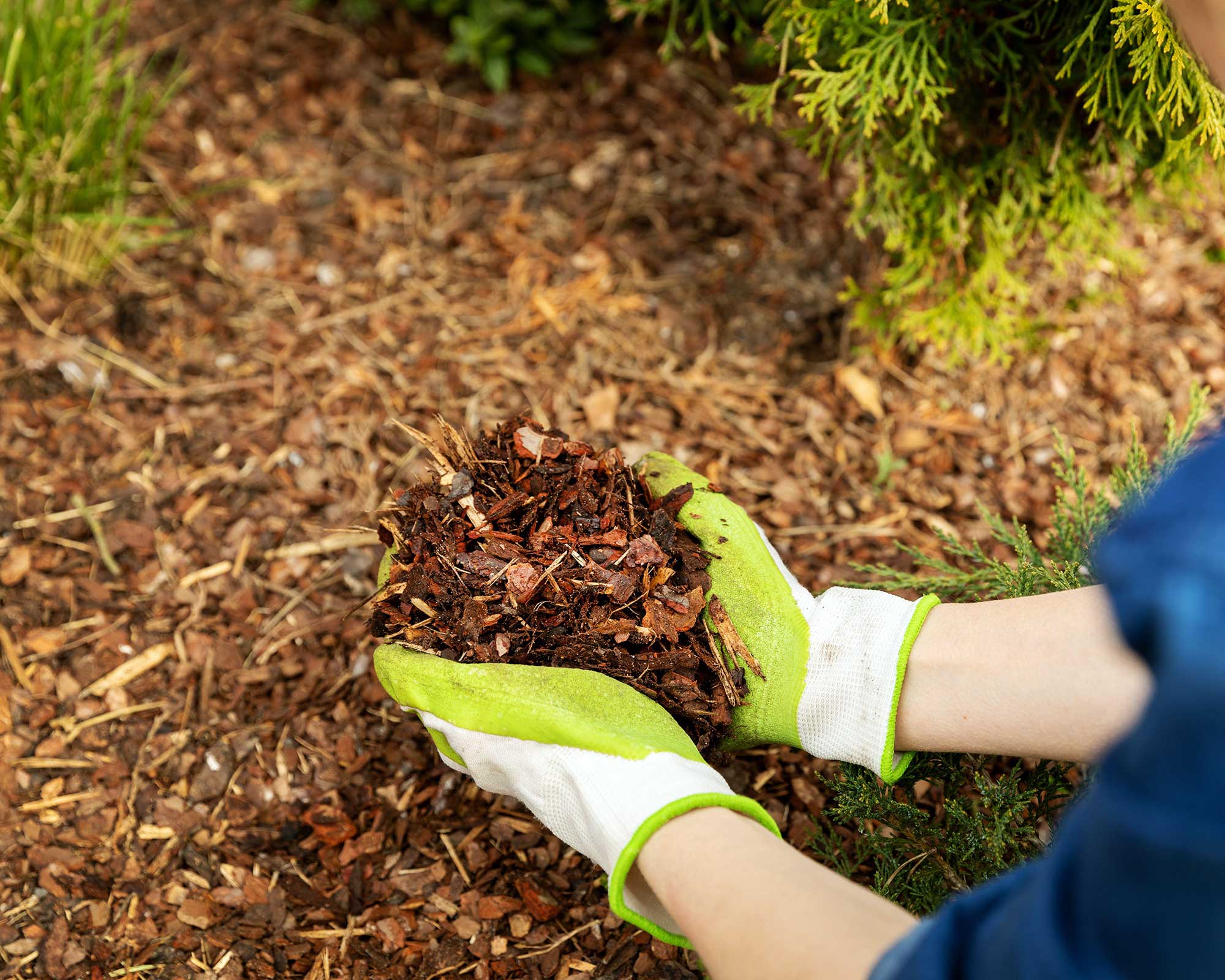
It's all about preparation in winter, so be sure to get your raised garden beds in tip-top shape. You'll likely be rewarded with a bumper crop when harvest time comes around.
Dig over soils, remove any weeds or debris, and add a good layer of mulch. Leaf mould, bark chippings or compost will all do the job of improving your soil ready for new planting. We've got plenty of info on mulching in our guide.
You can also use a green manure crop, such as winter tares or forage rye. Cut down before flowering occurs and then dig in, or leave for a month or so, before planting.
18. Repaint fences
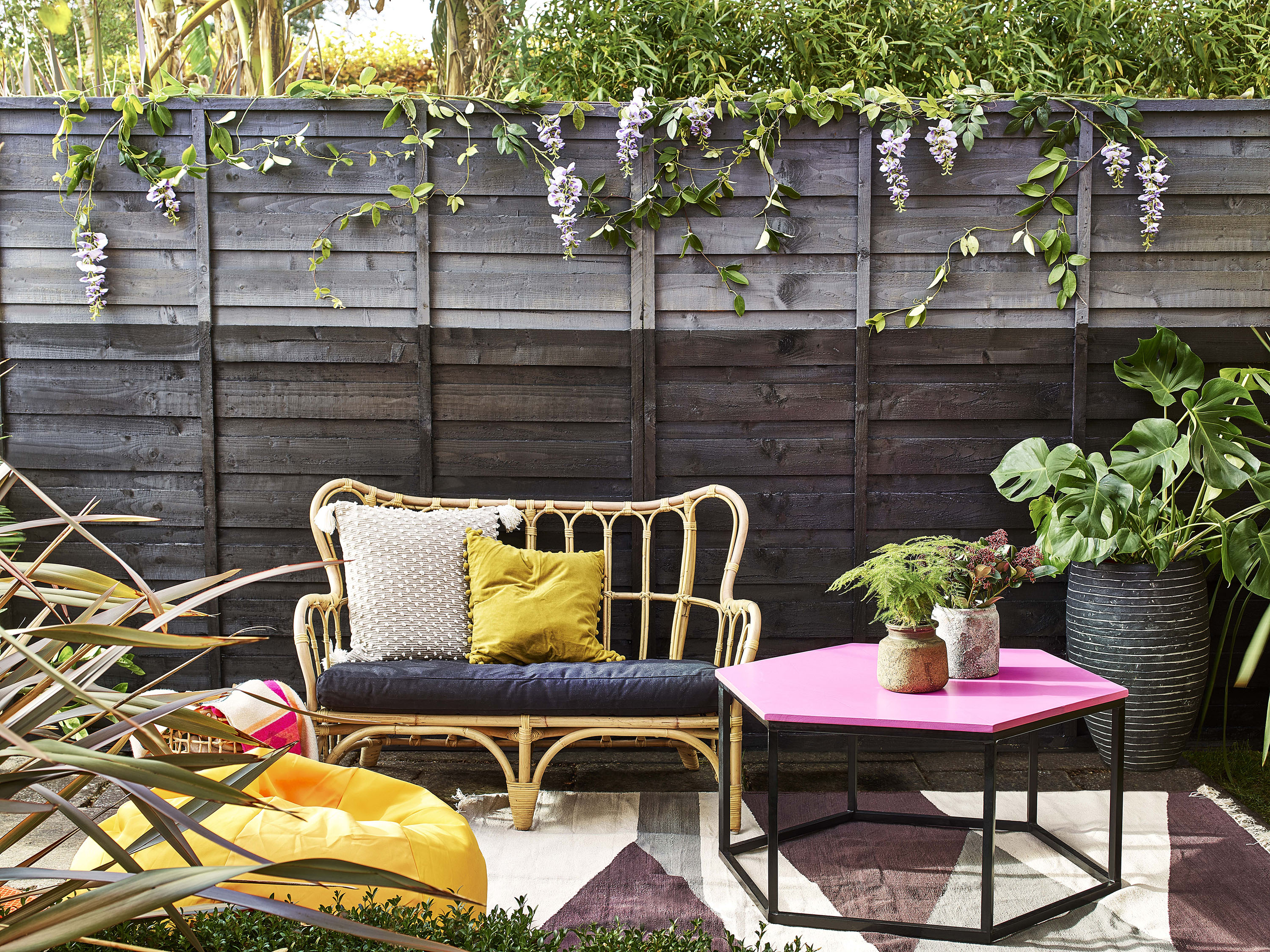
With less growth to deal with, now is a good time to access fences, especially those that sit alongside borders.
Replace or fix any broken panels, and then smarten them up with weather-proof paint. Try natural colors for a cool, understated look: think sage green or soft grays.
Or, if you're looking to add a pop of color, why not consider something brighter? Jazzy orange or cobalt blue might be just the hue your garden needs.
19. Protect plants against the cooler weather

For areas where conditions are really cold, you may want to protect your winter crops – cabbages, winter greens, and the like – with fleece clovers.
Cloches or cold frames are also handy against frost, and are cheaper than greenhouses. They can be used in warmer months too, to protect plants from slugs. Just make sure they are ventilated regularly to avoid condensation or overheating.
We've got lots more advice on how to protect plants from frost in our dedicated feature.
20. Plant fabulous fruit trees
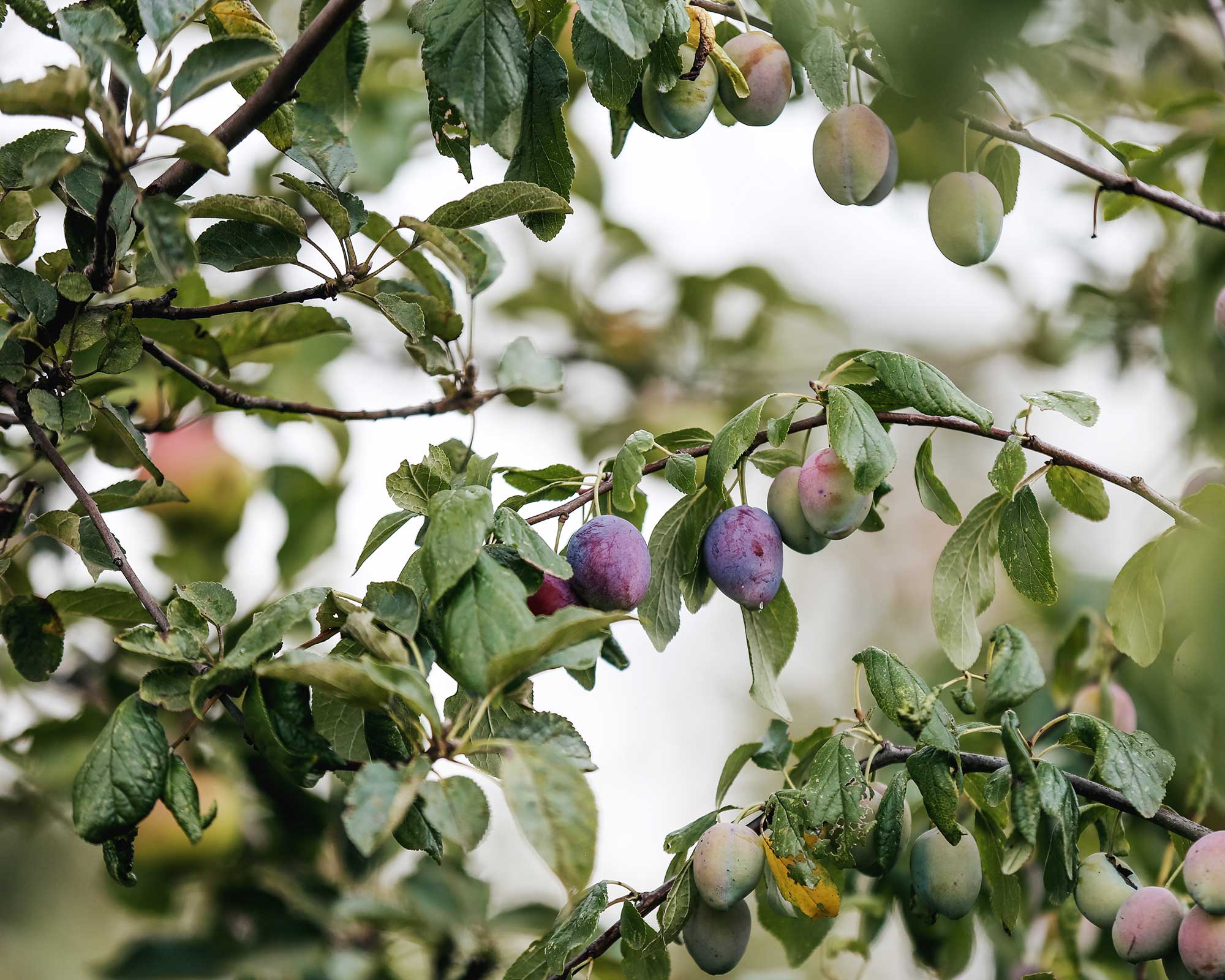
Blossom in the spring, fruit in the autumn – fruit trees are a fabulous addition to the garden. And, as long as the ground isn't frozen, you can successfully plant them in winter. Crab apple, pear, plum, or cherry are all well-loved choices. We've rounded up some of our favorite types of plum trees in our guide.
Make sure you dig a hole large enough so that the roots can spread out comfortably, and be sure to dig plenty of compost into the soil first. You'll need to install a stake too, to support your tree as it grows.
21. Take Christmas cuttings
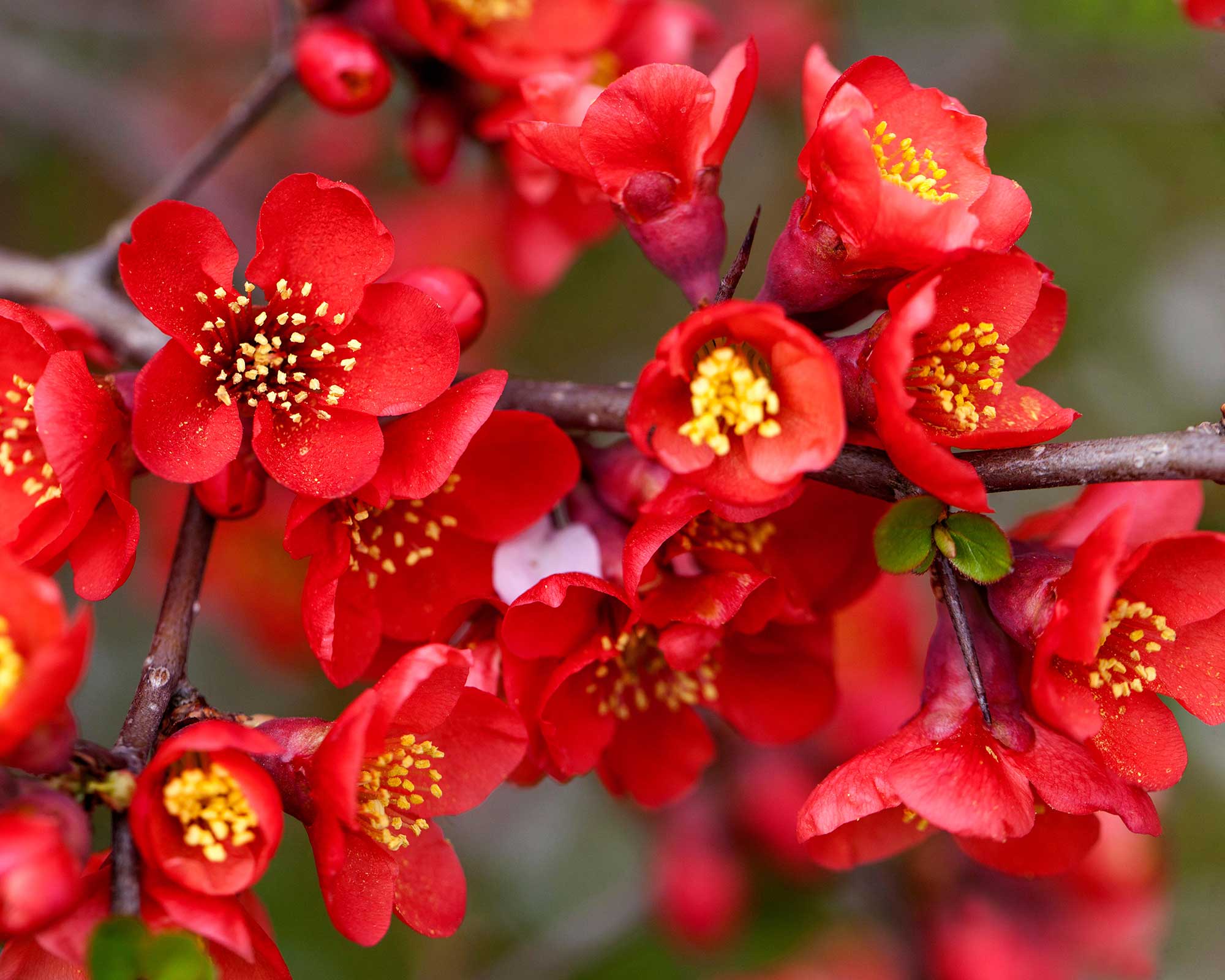
Want more plants for free? Try taking cuttings in December.
'Take root cuttings from plants, like Oriental poppies, phlox, verbascum, 'drumstick' primulas, shrubs like Japanese quince and exotic passion flowers,' suggests the team at heritage glasshouse manufacturer, Hartley Botanic.
'Once the leaves have fallen, take a hand fork and carefully tease the soil from around the plant to expose some of the roots,' they advise. Using a sharp knife or your best secateurs, remove some of the roots near to the main stem – 'any that are at least ¼" in diameter and as long as possible – but don't take too many or it weakens the plant.
'Wash off any soil and cut off any fibrous side roots. Cuttings need to be 2–6" long. For easy identification, make a straight cut at the end nearest the main stem and an angled cut at the base, then dust it with fungicide, like sulfur, to prevent rotting.
'Fill pots with peat-substitute compost with added grit and make several holes about 2" apart with a pencil, cane or dibber. Insert the cuttings, with the horizontal end just visible at the top, then cover with a thin layer of grit and water,' the team continues. 'From then on, keep the compost moderately moist – don't overwater it or the roots may rot.
'Label with the name and date. They take a couple of months to root in a cold frame or cool greenhouse; put them in a propagator at 65–70°F [18–21°C] and they will root in a month to six weeks. Water through the summer, feed monthly with a general fertilizer and plant them out the following autumn.'
How can I enjoy my backyard in the winter?
These winter jobs in the garden will all help make your plot look its best over the colder months. But there are plenty of other things you can introduce to your space for truly beautiful results.
Interesting foliage and ornamental grasses can look extra magical with a touch of frost, for example. You could also consider bringing some patio heater ideas or one of the best fire pits into an outdoor seating area, and enjoy a cozy cup of tea amongst nature. And twinkling garden lights are always a good idea.
If you really don't want to leave the warmth of indoors, plant containers with jolly, winter-hardy blooms and move them in clear view of windows. That way, you can admire them without getting chilly. Placing bird feeders in front of windows will also bring joy to onlookers.
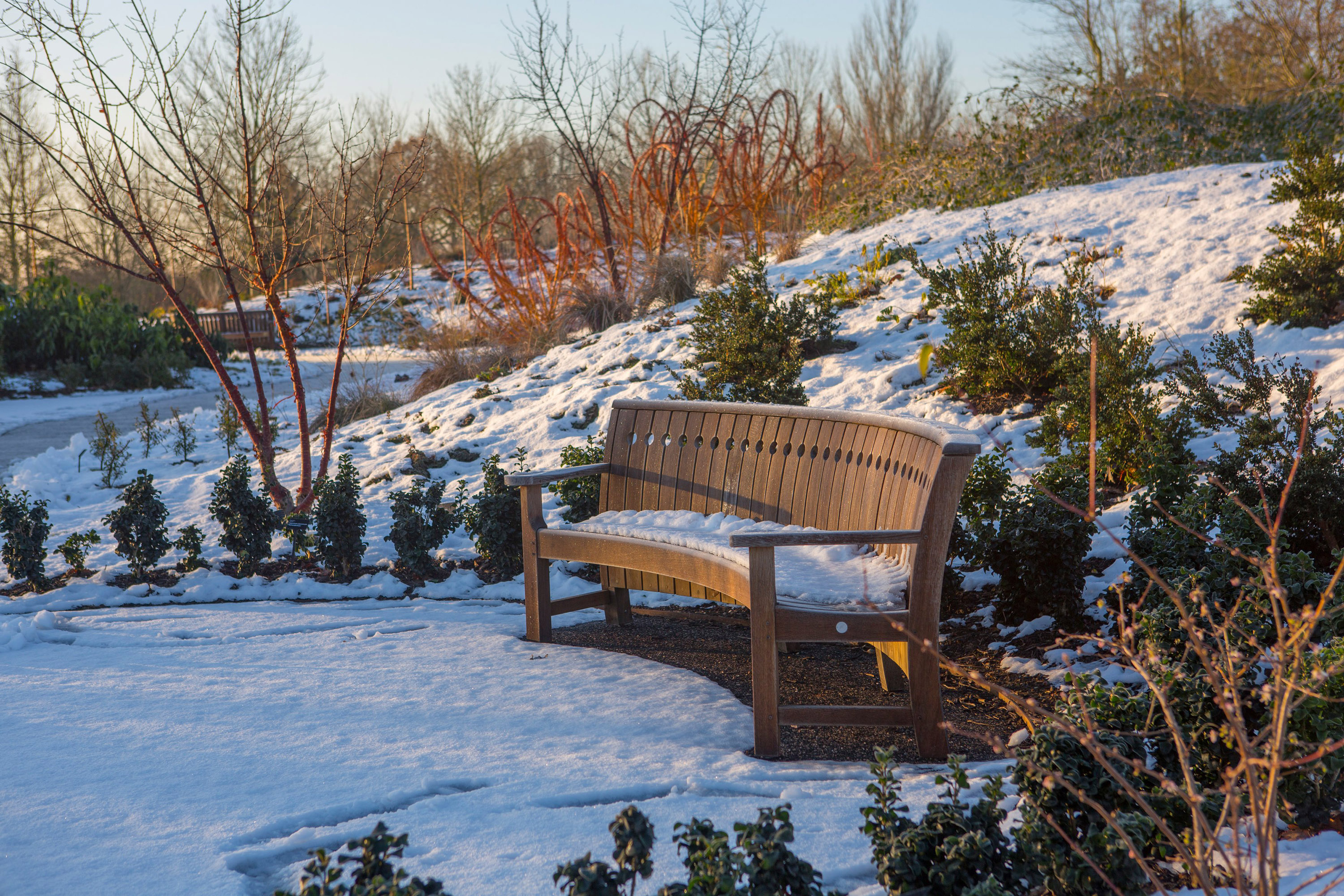
What grows in a winter garden?
Onions, shallots, winter cabbages, kale, perpetual spinach, broccoli, parsnips, and chard are just some of the hardy veg varieties which should survive the winter months.
In terms of flowers, cyclamen offers a welcome pop of color in vivid tones of fuchsia, as does winter iris. Snowdrops, hellebores, and winter aconites are other lovely additions.

Is it too late to plant a winter garden?
Sowing seeds for winter veg is really a late-summer through to autumn job. In fact, hardy winter veg such as Brussels sprouts can even be sown in spring. If December has passed, it's also a little too late for most bulbs.
But don't worry. You can always use plug plants instead, when they start cropping up in local garden centers. In fact, results are often better, especially in regards to snowdrops.
Whilst you're there, pick up some heather, ivy, and winter pansies, to create colorful containers instantly. And use this time to plan, so that you're ready for next year.

The garden was always a big part of Holly's life growing up, as was the surrounding New Forest where she lived. Her appreciation for the great outdoors has only grown since then. She's been an allotment keeper, a professional gardener, and a botanical illustrator – plants are her passion.


